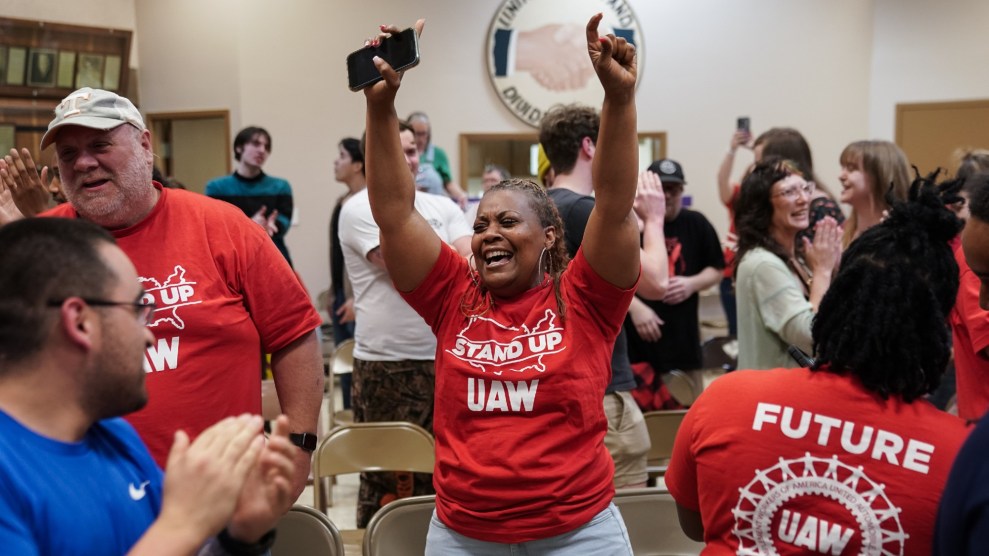Governor Tim Pawlenty of Minnesota signed a law yesterday requiring that all state utility companies generate at least a quarter of their power from renewable sources by 2025. (One company, Xcel, which provides the state with half of its electricity, must meet 30% by 2020.) This plan is more ambitious than the state’s previous 10% by 2015 objective.
Not ones to count on feds whose idea of an energy bill includes reversing decades of renewables wisdom and polluter protection waivers to solve the nation’s energy problems, some two dozen states have adopted renewable energy goals. California, Hawaii, New York, Nevada, and New Jersey have all set their mark at 20% or more. “As states are catching up with us, we want to raise the bar,” Pawlenty said.
Minnesota’s law passed just days after EU energy ministers weakened a “20% renewable energy by 2020” plan by recommending that the target be made voluntary. Last year, China enacted a 15% by 2020 law, and Australia remains committed to producing enough renewable energy to power the homes of 4 million of its 20 million people by 2010.
Though New Hampshire and Colorado are considering stricter standards, Minnesota’s initiative to more than triple its 8% renewable energy production in less than two decades prompted analysts to call it “the most aggressive in the country.” If Pawlenty’s bar-raising doesn’t inspire other domestic and even international actions toward going greener, his Republican-governed Northern Great Plains state may become the most environmentally progressive place in the world.
















